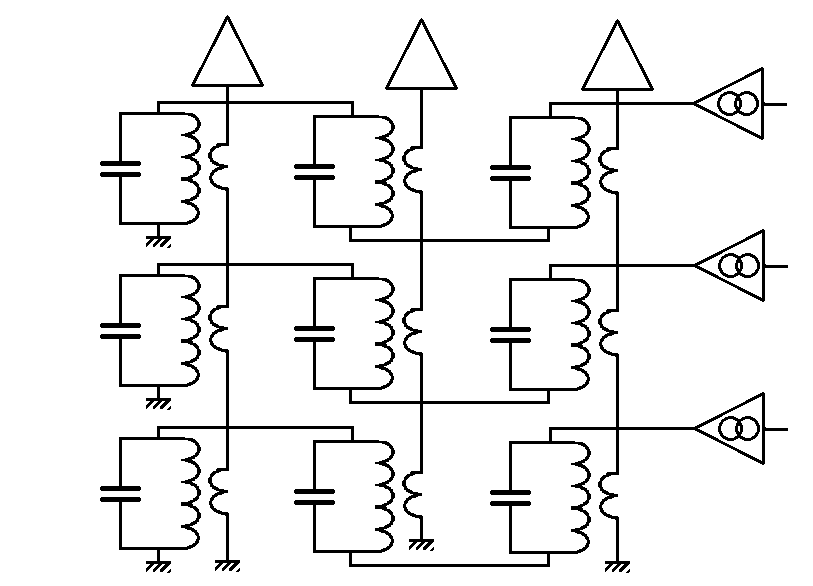I am a 40 yr chess veteran and MIT certified in Electronic design.
I am hoping to develop a lower cost e-board for general use. Perhaps in the sub $300 range,retail.
It is a personal project.
I am looking for support from the forum if possible as communications between a PC chess programme and an eboard are new to me.
As I understand it so far...Chess programmes produce PGN in a window which is translated by a DLL or helper app. into a serial communication via RS232 over usb or direct USB to the eboard which supports bidirectional comms providing for player moves to be fed back to the PC as PGN.
If this is so, I would need a to setup a testbed (Windows 7 for now)that I can use as a means to evaluate bidirectional PGN communications with the e board prototype. I need suggestions for which Chess software to use in the testbed as well as any helper apps to do the PGN comms.
On the hardware side, I am developing on a Microchip 8 bit platform in either C or ASM. Chess piece identification via magnetic or RFID tags and RGB LED feedback in each square to provide for maximum functionality. Dual Chess clock capability to be added later. Eboard capabilities to enhance PvP play with PGN archiving, upload/download and playback, Fischer chess setup capable and new player training aids such as chess piece move range display and color coded LEDs showing the last few opponent moves as a handicap. The magnetic /RF tag on each chess piece base can be removed and applied to new pieces to permit chess piece upgrades.
Board design to permit hardwood/glass/marble/porcelain upgrades within the 8x8, 1/16" acrylic grid. RGB colors to be displayed via the grid, not the squares.
Prototype board will be a travel sized 12" x 12". I want to make this build available to the forum at cost. (hopefully <$125 ea).
Thanks for any support....esp. windows DLL dev. and PGN bidirectional comms.
Ancel



